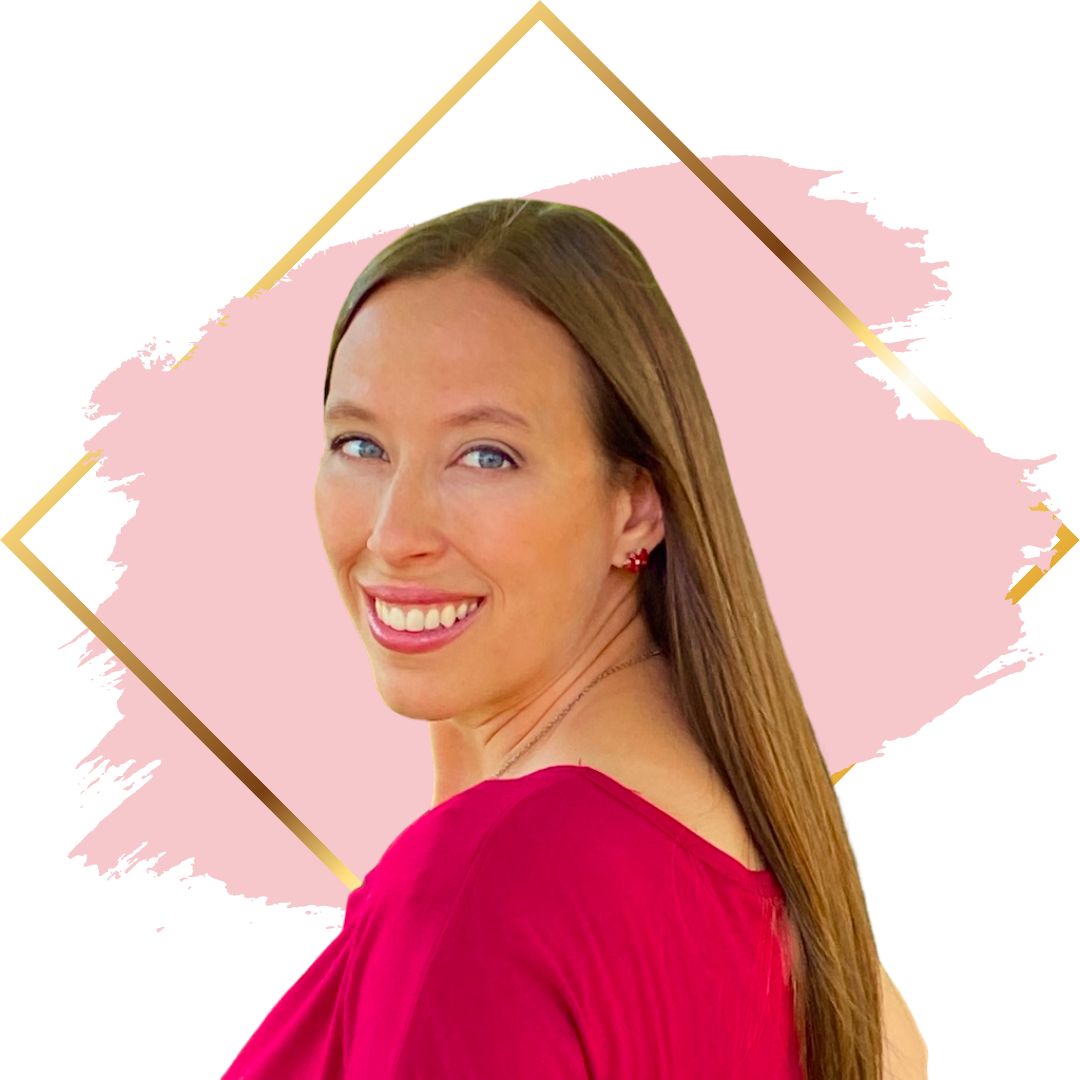Explore the hidden threats lurking in your laundry detergent as we delve into five more toxic ingredients that could be impacting your family's health. Unbeknownst to many, 1,4 dioxane, sodium hypochlorite, EDTA, phosphates, and NPEs are all commonplace in common detergents and pose significant health and environmental risks. From cancer-causing contaminants and risks of skin and lung irritation, to environmental hazards like harmful algal blooms, these substances underscore the importance of making informed choices. Join us in uncovering how these chemicals affect not only personal well-being but also the planet, and discover how to keep your home and family safe through conscious product selection.
Read more...Have you ever examined the ingredient list on your laundry detergent bottle? As holistic moms, we care deeply about what we use around our families, and laundry detergent is a daily necessity. Let's explore two common toxic ingredients found in many detergents: NPEs and sulfates, and why you might want to avoid them.
NPEs, or nonylphenol ethoxylates, are chemicals used as surfactants to soften water and break down dirt. However, when NPEs break down, they turn into nonylphenols, which are toxic to both humans and the environment. These compounds can be absorbed through the skin or ingested via contaminated water, and are classified as endocrine disruptors, interfering with hormone function in both humans and animals.
Sulfates, such as sodium lauryl sulfate or sodium laureth sulfate, are responsible for the foamy suds we associate with "clean." However, they can be harsh on sensitive skin, especially when combined with other chemicals. Over time, sulfates can strip away the natural oils from skin and hair, leaving them vulnerable to environmental toxins, bacteria, and allergens, and causing dryness, irritation, and even eczema flare-ups in those prone to skin conditions.
Read more...You spritz it on, thinking it has a beautiful scent, but did you know most perfumes are loaded with hidden toxins that mess with your hormones, your brain, and even your fertility?
Seriously. The word “fragrance” on a label can legally hide thousands of chemicals, including:
• Endocrine disruptors – Linked to infertility, thyroid dysfunction & hormone imbalances.
• Carcinogens – Found in breast, ovarian, and prostate cancer cases.
• Neurotoxins – Cause brain fog, headaches, anxiety & nervous system damage.
• Respiratory irritants – Worsen asthma, allergies & even pollute your indoor air.
And worst of all? These chemicals don’t just sit on your skin. They fill the air in your home and get absorbed into your body through both lungs and skin, affecting not just you but your whole family. And the ingredient "fragrance" is not just in perfumes, it's in everything from cleaning products, to cosmetics, to lotion, and everything in between. And so many wonder why their hormones are messed up or why they have headaches all the time!
If you are one of those people who have wondered why certain perfumes give you a headache, make you feel foggy, or just don’t sit right with you… this is why. But even if you have no noticeable reaction, they can still cause harm, especially over time.
So What’s the Solution?
You don’t have to give up wearing perfume—you just need one that’s actually safe.
Which is why I’m SO excited I've found Wyld Notes- the first-ever luxury, plant-based, non-toxic perfume. It is called a "fine fragrance," but you will not find the ingredient "fragrance" or any other harmful ingredients inside these bottles.
• 100% plant-based, clean ingredients
• No phthalates, parabens, or hormone-disrupting chemicals
• Inspired by nature, formulated for purity
• Safe for your hormones, your home, and your health
As a woman who has experienced firsthand the effects of toxic products—chronic migraines, asthma, and hormone imbalances—I’m passionate about helping other women make simple swaps that protect their health.
If you’re going to wear perfume, I recommend finding a brand like this because your health is too important to gamble on hidden toxins.
Go here to learn more and take a quiz to find your perfect non-toxic fragrance.
My blogs contain some affiliate links.
Any purchase made is a blessing to my family at no extra cost to you!
Thank you for supporting us!

If you're aiming to eliminate synthetic fragrances from your routine, transitioning to naturally scented or fragrance-free personal care products is a great start. Consider using unscented deodorants or those infused with natural essential oils, and opt for body lotions made with pure ingredients like shea butter or aloe vera. For hair care, choose shampoos and conditioners with 100% pure essential oils, steering clear of products containing synthetic "fragrance" or "parfum."
In maintaining a fresh home environment, switch to natural and unscented laundry detergents or those with essential oil-based scents. Wool dryer balls can replace traditional dryer sheets and can be customized with a hint of your favorite essential oil. Household cleaners can be substituted with natural alternatives made from ingredients like vinegar and baking soda, complemented with essential oils for a pleasant aroma.
Personal fragrances can be redefined by using genuine essential oils such as lavender or sandalwood, offering a unique and natural scent. Essential oil blends provide an aromatic experience without the overpowering effects of synthetic perfumes. Opting for these natural alternatives reduces exposure to harmful chemicals and fosters a healthier, more inclusive environment for everyone, especially those with sensitivities.
Read more...I’ve never been a fan of perfumes; they always gave me headaches and made me feel unwell. In fact, once I had to quit a job because of the fragrances in the workplace. But for years, I used traditional cleaning products like bleach, Soft Scrub, Windex, and 409 without question because I thought that’s just how you clean. Unfortunately, every time I cleaned, especially in small spaces like bathrooms, I’d struggle to breathe and rely heavily on my inhaler.
These struggles weren’t just limited to cleaning. I had respiratory issues almost daily and used my inhaler frequently, even when I wasn’t exposed to cleaning chemicals. I suffered from frequent headaches, including chronic migraines that would strike every two to four weeks. At the time, I had no idea these issues were connected to the products I was using in my home.
It wasn’t until I started learning about the hidden dangers of common household products that things began to click. The chemicals in those products weren’t just making me uncomfortable; they were contributing to my health problems. Armed with this knowledge, I made a decision: I was done letting these toxins take control of my life.
I returned some products to the store, threw others away, and used up a few with the promise to myself that I’d never buy them again. I replaced them with non-toxic, natural alternatives. Cleaning no longer left me gasping for air or reaching for an inhaler, and after some time, my chronic asthma issues disappeared.
This journey didn’t stop with cleaning products. I started swapping out shampoos, soaps, lotions, and other personal care items for clean options. I even made dietary adjustments to avoid triggering foods. Over time, my migraines lessened in frequency until they were no longer a regular part of my life.
Today, I live in a virtually toxin-free home, and it’s given me back my health and vitality. No more chronic asthma. No more frequent migraines. Changing out those toxic products made such a difference, that looking back, I can hardly believe I ever thought that was normal. I’m so grateful for the fresh start.
My blogs contain some affiliate links.
Any purchase made is a blessing to my family at no extra cost to you!
Thank you for supporting us!



